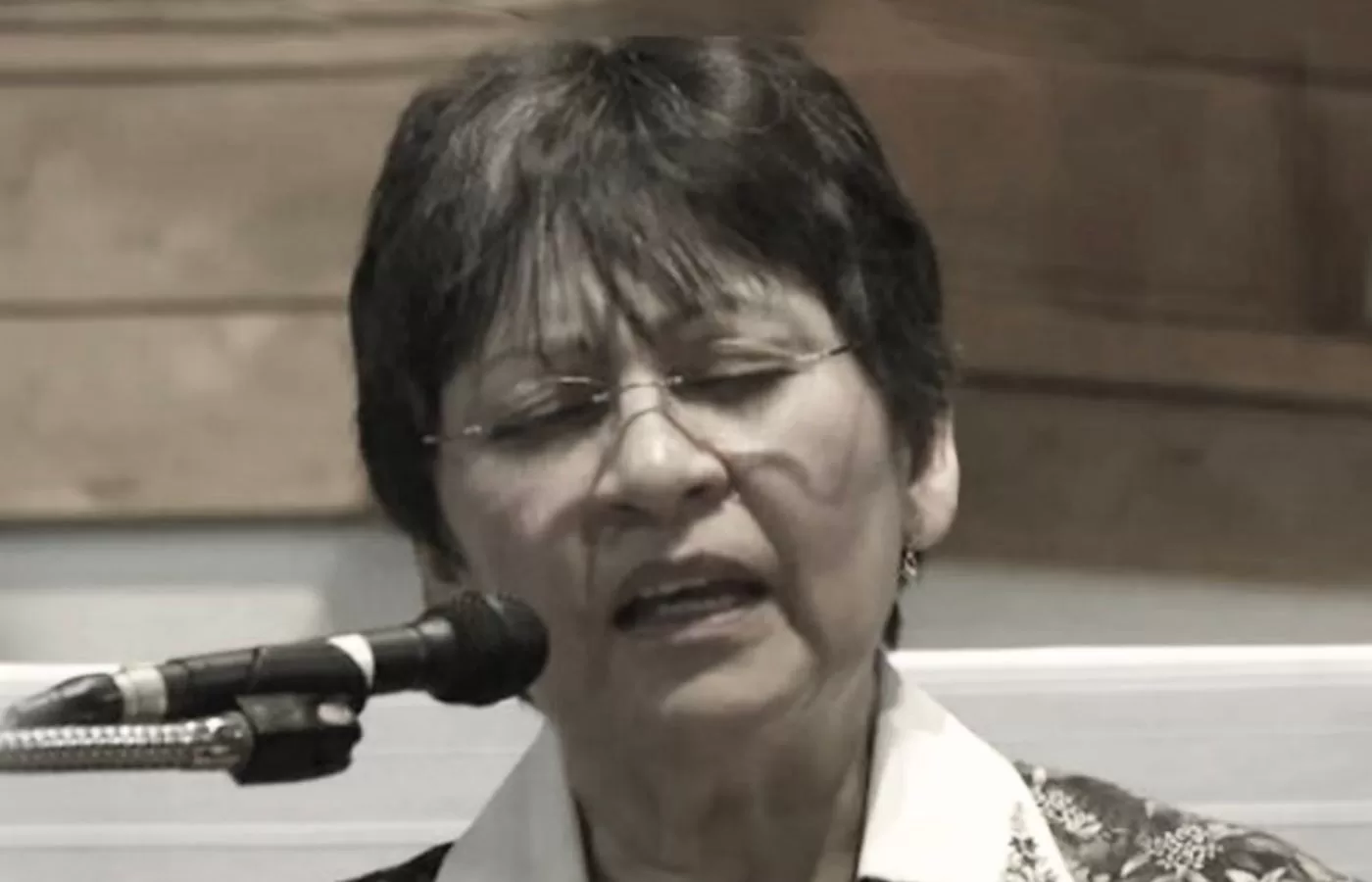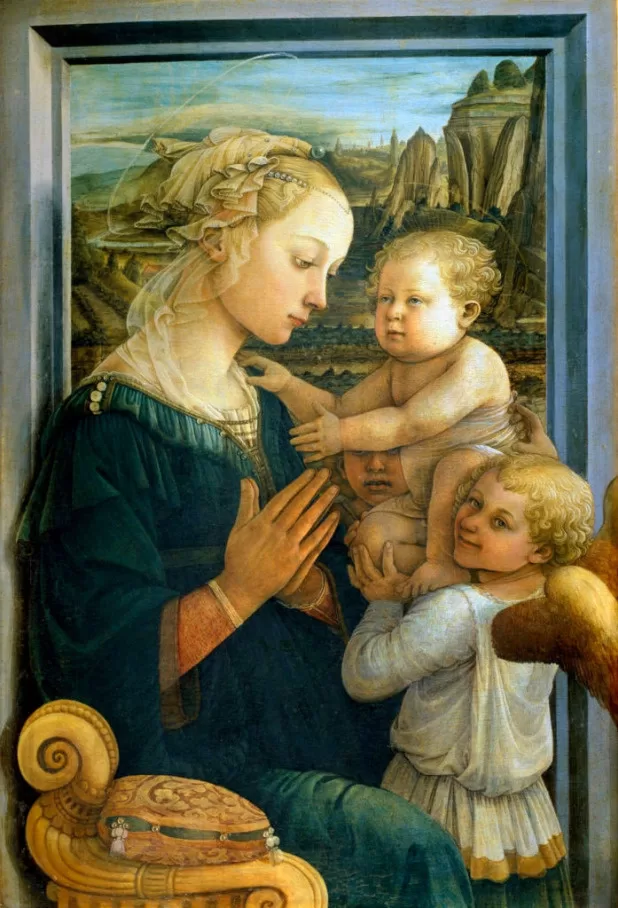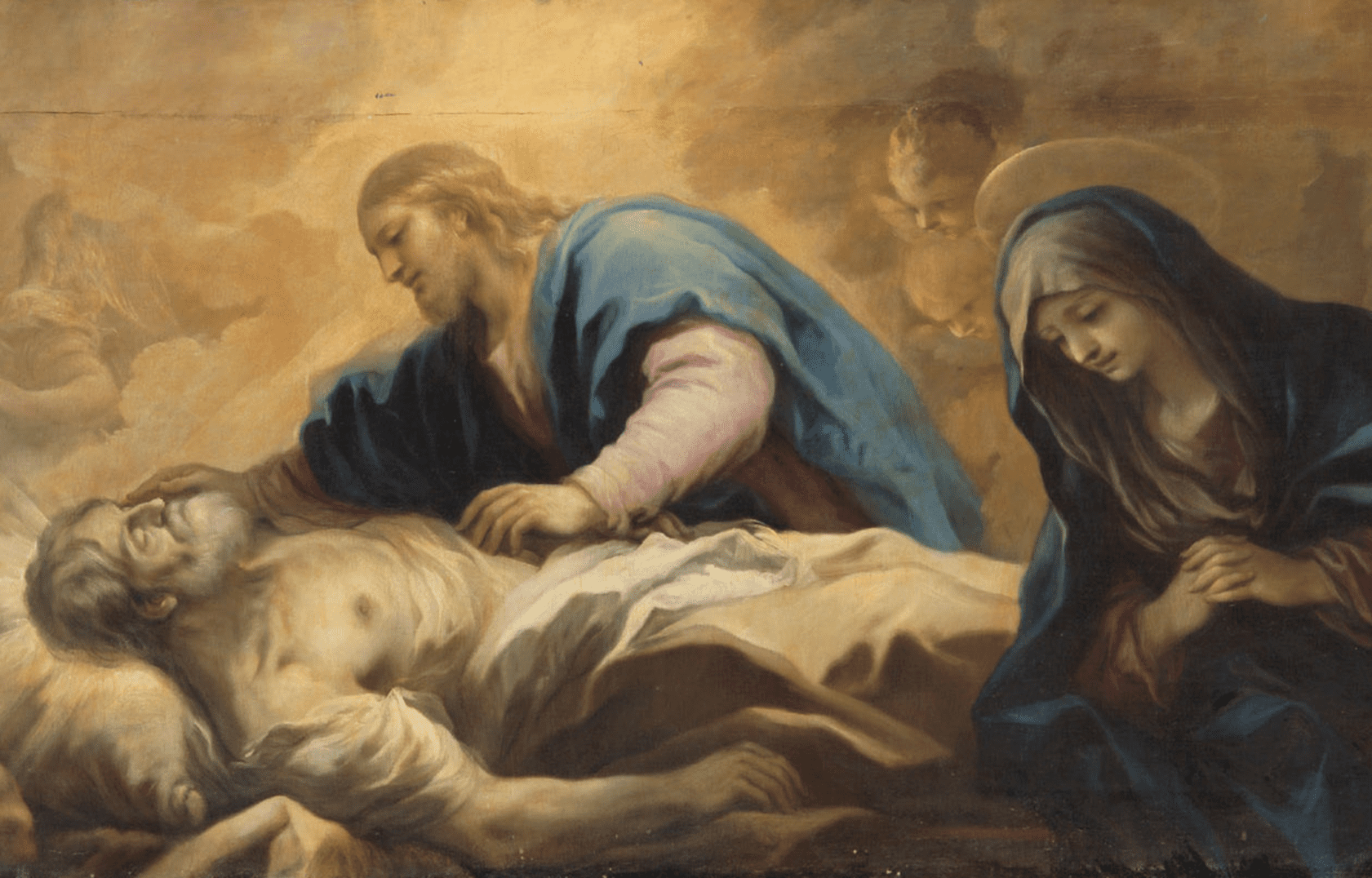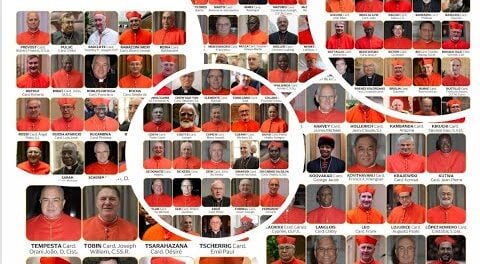
Author: Mother & Refuge
-

Pentecost Novena begins today🕊️DAY 01-Pray With Us!
Read More: Pentecost Novena begins today🕊️DAY 01-Pray With Us!Pentecost Novena begins today 🕊️ Day 1 of The Pentecost Novena In the Precious Blood devotion, Our Lady revealed a new chaplet to the Holy Spirit that can be prayed on rosary beads. Begins like the Rosary, (Creed, Our Father, 3 Hail Marys, Glory Be), then;It’s an ‘Our Father / Hail Mary / Glory Be’…
-
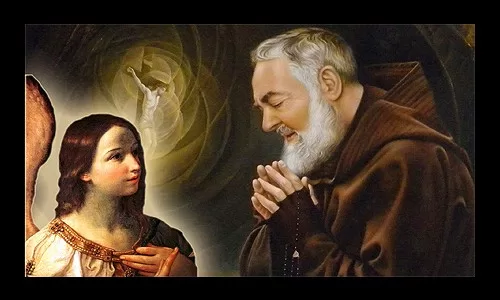
ST. PADRE PIO’S PRAYER TO THE GUARDIAN ANGEL
Read More: ST. PADRE PIO’S PRAYER TO THE GUARDIAN ANGEL -

Support Father Calloway’s ministry! Mother and Child Medal
Read More: Support Father Calloway’s ministry! Mother and Child MedalCustom made medal by Laboure Medals. This medal is made out of a nickel alloy and finished with Anitique Nickel. It is high quality. I am currently selling 100 medals which were created to raise money for Father Calloway’s ministry. The medal is unique to Laboure Medals and can only be purchased here on Etsy.…
-

“What’s the Point?”: End Times and Using the Time We Have Left
Read More: “What’s the Point?”: End Times and Using the Time We Have LeftWhat is the purpose of the Christian life? Or we might ask even more simply: What’s the point? As the Church year comes to an end, this essential question is brought into sharp focus. The answer is as simple as it might be unpopular: we’re waiting for the fulfillment of time and of hope-filled promises of…
-

Prayer for Conversion of Relative or Friend
Read More: Prayer for Conversion of Relative or Friend(If the prayer is for a woman, use the feminine pronoun where necessary.) O Mary, Queen of the Angels and of men, behold me an unworthy servant and listen to my prayerin behalf of (Name) who remains separated from the Churchestablished by thy Divine Son. My Mother, dispensatrix of grace, strip from (Name)the bands of prejudice and…
-
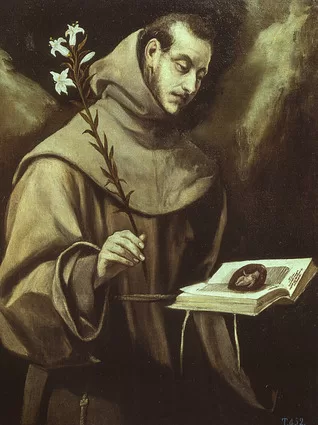
A prayer of exorcism taught by Saint Anthony
Read More: A prayer of exorcism taught by Saint AnthonyPopular tradition holds that St. Anthony taught a prayer to a poor woman who sought help against the temptations of the devil. The Franciscan Pope Sixtus V had the prayer — also called “the motto of St. Anthony” — engraved into the base of the obelisk erected in St. Peter’s Square in Rome. In the original Latin, the prayer says Ecce Crucem Domini! Fugite partes adversae! Vicit Leo de tribu Juda, Radix…
Search
Popular Posts
-
🙏 A New Chapter Begins: Supporting Pope Leo XIV with Prayer and Hope | W/ Daniel O’Connor
“Give the new pope a break and support him with your prayers.”–…
-
Possible Candidates for The Next Pope!
Some Candidates for the New Papacy Today we will share with you…
Categories
Archives
Tags
#Miracles (102) 2023 (4) 2024 (4) approved miracles (2) catholic (141) catholic blog (375) catholic meditations (7) catholic miracles (371) catholic motivation (2) catholic news (371) catholic prayers (4) CatholicSeers (359) catholic vlog (375) catholic websites (6) Eucharistic miracle (2) fr jim blount (3) GisellaCardia (11) hamas (3) imitation of christ (2) Israel (4) israel live (5) Israel news (9) jesus (3) jesus christ (4) Latest messages (11) lent 2023 (10) lent 2024 (4) lent homily (2) lent retreat (4) lent retreat 2023 (3) Lourdes (2) messages from god (6) MessagesFromHeaven (364) miracles of catholic church (2) mother and refuge (2) ourlady (325) OurLadyApparitions (22) our lady of lourdes (2) Pope (2) POPE francis (3) pope francis news (2) prayers (3) real miracles (356) sacred heart of jesus (2) The Miracles of Lourdes (2)



